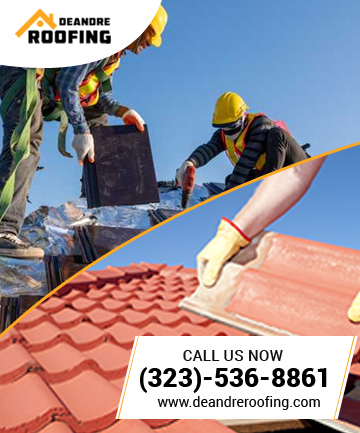Top Tips to Insulate Your Roof and Boost Energy Efficiency
A house is like a big cozy box where we live. Sometimes, it gets too hot inside during summer. Other times, it becomes very cold in winter. This happens because heat can escape through the roof. Therefore, we need to keep the roof warm in winter and cool in summer. This is called insulation. Insulation is like a warm blanket for the roof. It helps keep the house comfortable. So, let’s learn some easy ways to insulate the roof and make our homes comfy and save energy. This will also help us protect our planet.

1. Choose the Right Insulation Material
Different materials can insulate a roof. It is like choosing different clothes for different weather. Some common types include:
- Fiberglass: This looks like cotton candy. It comes in rolls or loose fill. It is good at trapping air. Thus, it keeps the heat in or out.
- Cellulose: This is made from recycled paper. It is a good option for the environment. Additionally, it is treated to resist fire.
- Spray Foam: This is a liquid that expands into a foam. It fills gaps and cracks very well. Consequently, it creates a very good seal.
These materials have different properties. For example, fiberglass is easy to install. On the other hand, spray foam is more effective at sealing air leaks. Therefore, choosing the right material is important.
Furthermore, different materials have different R-values. The R-value tells us how well a material insulates. A higher R-value means better insulation. For instance, a thicker layer of fiberglass has a higher R-value than a thinner layer.
2. Seal Air Leaks
Air leaks are like tiny holes in the roof’s hat. These holes let heat escape in winter. They also let heat enter in summer. Therefore, sealing these leaks is important.
First, one should check for gaps around chimneys and vents. Second, one must look for cracks in the roof decking. These are common places for air leaks.
Caulk and weatherstripping can seal small gaps. For larger gaps, expanding foam works well. By sealing these leaks, we can stop heat from escaping. As a result, we keep our homes comfortable.
3. Insulate the Attic Floor
The attic is the space between the roof and the ceiling of the top floor. Insulating the attic floor is very important. It is like putting a warm blanket between the roof and the house.
Loose-fill insulation, like fiberglass or cellulose, is a good choice for attic floors. It is easy to spread evenly. This helps cover the entire floor.
Moreover, one should make sure the insulation is thick enough. A thick layer provides better insulation. This helps keep the house warm in winter and cool in summer.
4. Ventilate the Attic
While insulation keeps heat in or out, ventilation helps air flow. Proper ventilation prevents moisture buildup. Moisture can damage the roof and insulation.
Soffit vents are located under the eaves of the roof. Ridge vents run along the peak of the roof. These vents work together to create airflow.
Additionally, gable vents are located in the walls of the attic. These vents also help with ventilation. Therefore, proper ventilation is crucial for a healthy roof.

5. Consider Radiant Barriers
Radiant barriers are special materials that reflect heat. They are like a shiny shield that bounces the sun’s heat away. This helps keep the attic cool in summer.
These barriers are often installed on the underside of the roof. They can also be installed on the attic floor. They work best in hot climates.
Furthermore, radiant barriers can reduce attic temperatures significantly. This helps keep the whole house cooler. As a result, we use less energy for cooling.
| Tip | Description | Benefit |
| Choose Right Material | Select fiberglass, cellulose, or spray foam based on needs. | Effective insulation. |
| Seal Air Leaks | Use caulk and weatherstripping to close gaps around chimneys, vents, and cracks. | Prevents heat loss and gain. |
| Insulate Attic Floor | Use loose-fill insulation for even coverage. | Keeps the house warm or cool. |
| Ventilate the Attic | Use soffit, ridge, and gable vents for proper airflow. | Prevents moisture buildup. |
| Consider Radiant Barrier | Install reflective material to bounce away sun’s heat. | Reduces attic temperature. |


